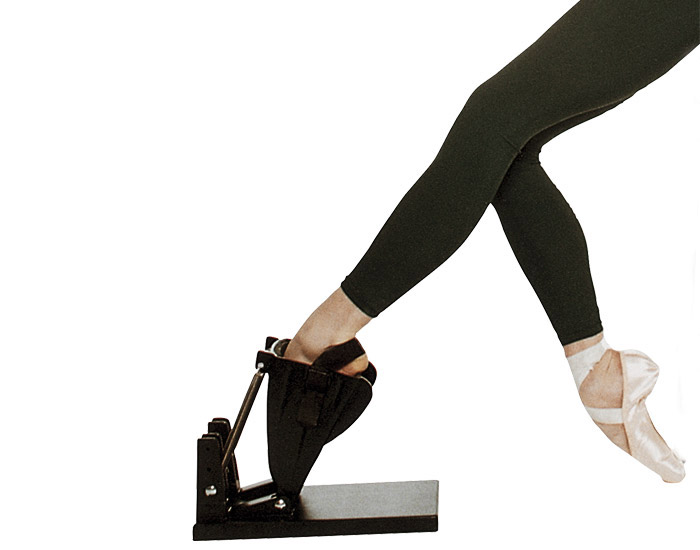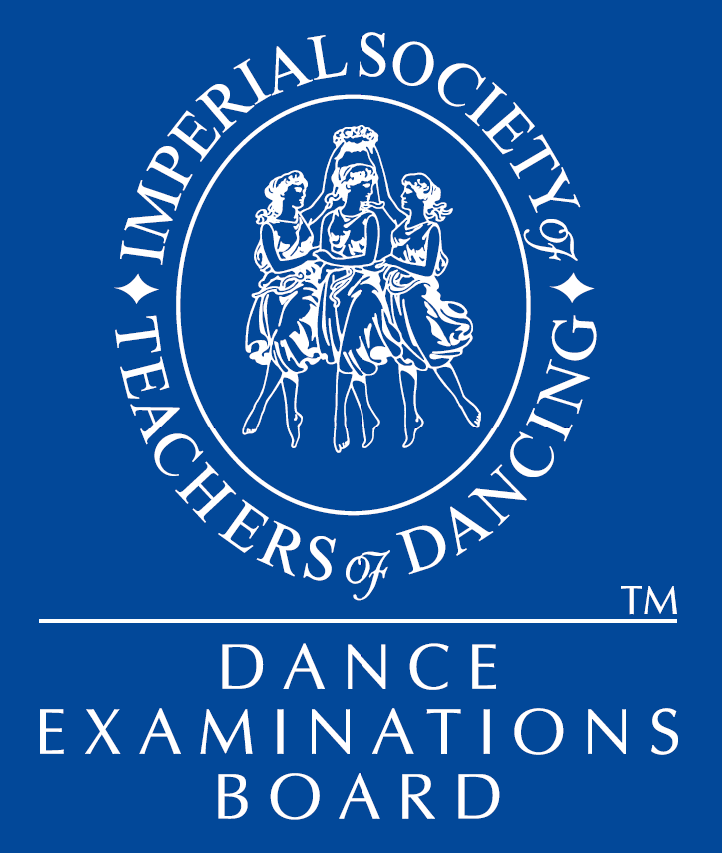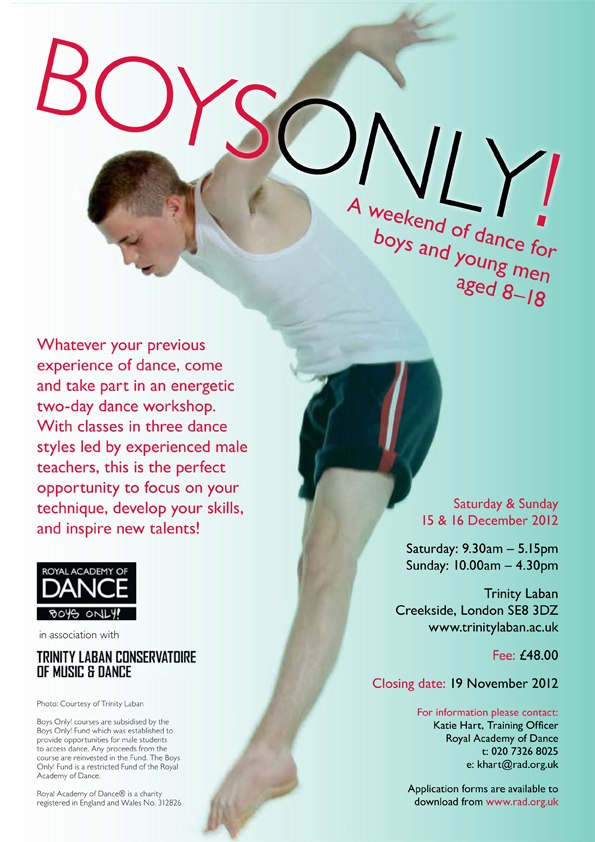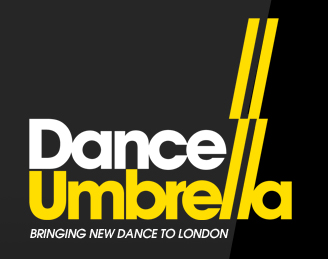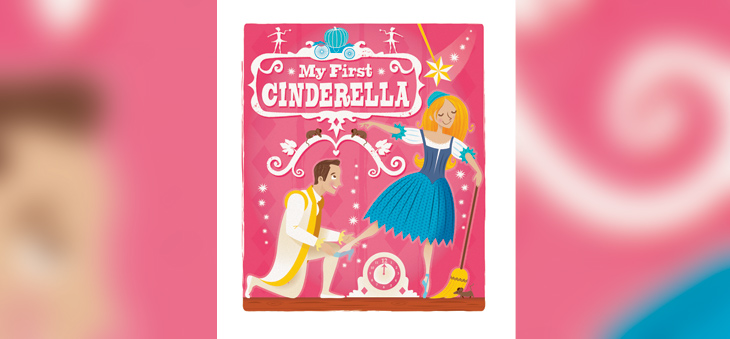
Dance troupe Diversity has announced a new touring show for 2013 – Diversity Limitless – which will be a 12 day UK tour taking place across three weeks in December next year. Diversity announced the news just a few days after their Royal Variety performance, with the tour following on from the release of their previous arena tour show on DVD, Diversity Digitized: Trapped In A Game.
There is currently nothing else known about the show Diversity Limitless, created by dance crew leader Ashley Banjo, with other details about the show’s storyline yet to be revealed. However, dance fans and street dance fans everywhere should be confident that the show will be full of the crew’s charm and cheek, with some up-to-the-minute urban dancewear and tasty trainers thrown in to add to the flavour.
Since winning the popular TV show Britain’s Got Talent in 2009, Diversity went on to star in the film Street Dance 3D as a cameo appearance. Banjo was then recruited as a judge for Got to Dance on Sky1 and the group went on to release Diversity: Dance Fitness Fusion on DVD. Ahead of the crew’s Diversity: Digitized arena tour, Banjo also filmed a spin off Ashley Banjo’s Secret Street Crew. In addition to their hard work to date, a Diversity film has also been announced named Diversity Rise, set to be filmed in April 2013.
The show will be touring to:
- Dublin O2 Arena (30 November),
- Newcastle Metro Radio Arena (3 December),
- Liverpool Echo Arena (4 December),
- Nottingham capital FM Arena (6 December),
- Bournemouth BIC (7 December),
- Birmingham NIA (8 December),
- Glasgow Hydro Arena (10 December),
- Manchester Arena (11 December),
- Sheffield Motorpoint Arena (12 December),
- Cardiff Motorpoint Arena (14 December),
- Brighton Centre (15 December),
- London O2 Arena (16 December).



 “Shin splints” is the term for the ache and pain around the tibia and fibula which are the bones at the front of your leg that run from your ankle to your knee. They can be treated and prevented, but here’s the low down on the truth behind this troublesome condition.
“Shin splints” is the term for the ache and pain around the tibia and fibula which are the bones at the front of your leg that run from your ankle to your knee. They can be treated and prevented, but here’s the low down on the truth behind this troublesome condition.